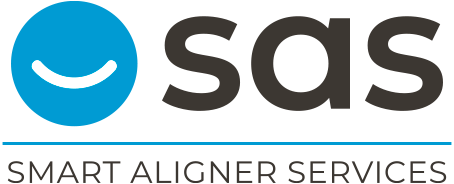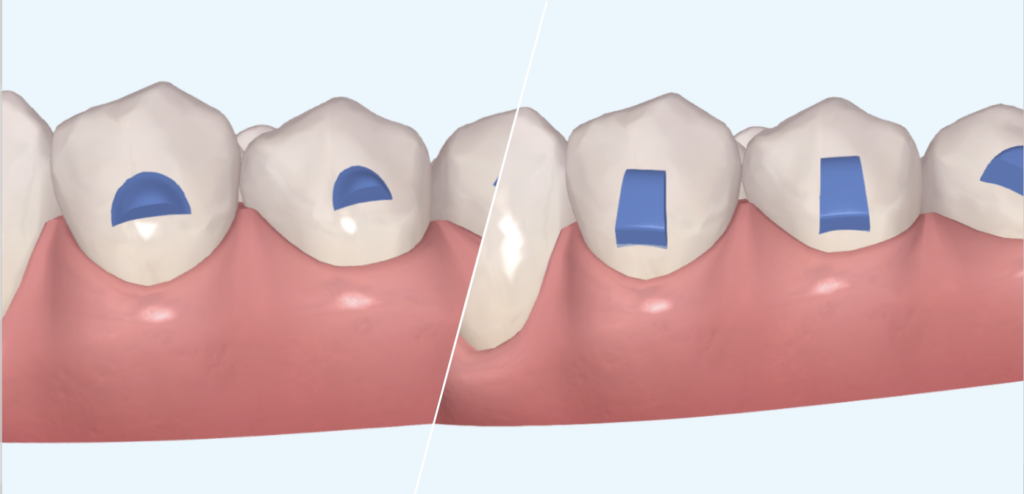
Attachments are a key part of treatment with aligners, necessary to improve the efficiency and predictability of certain dental movements. Even so, they are not essential in all situations. There are movements, such as retroinclination or incisor rotation, that do not require the placement of these attachments to be completed. The [...]
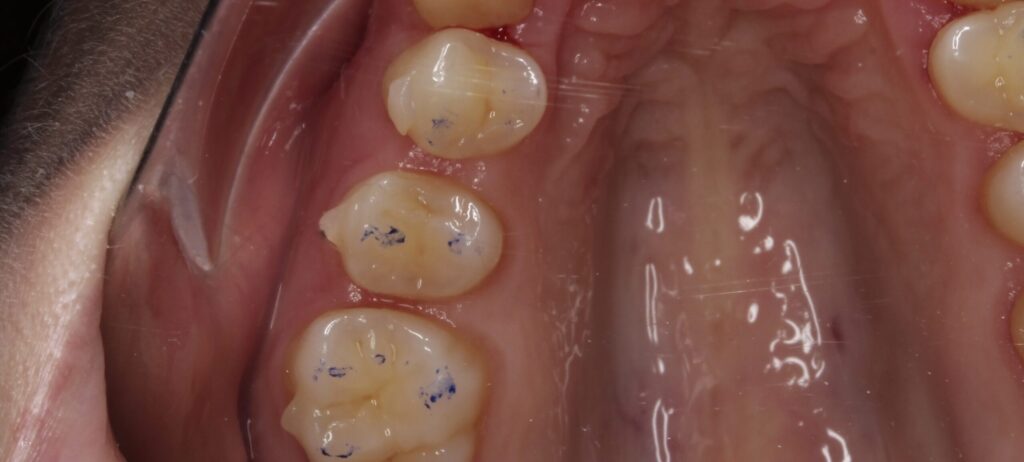
We are all attracted to the concepts of "predictability" or "reliability". We want to offer maximum guarantees to our patients in everything we do (and, incidentally, to sleep soundly), but, fortunately or unfortunately, biology is not as exact a science as mathematics. As we have already discussed on other occasions, the development of [...]
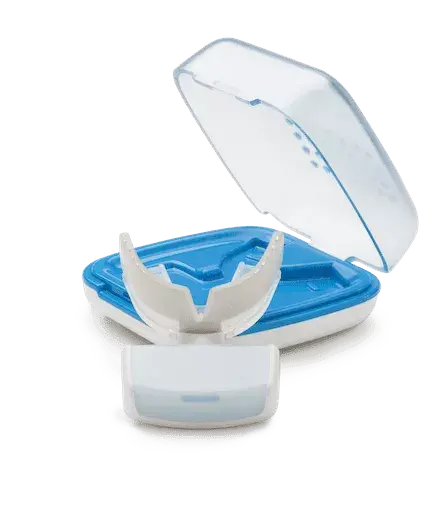
One of the main questions that patients ask us when they come to see us is: doctor, how long is my orthodontic treatment going to take? Some companies, aware of this, use this claim to attract or attract those who are looking for quick treatments regardless of the complexity of their case or to offer those of us who are looking for a [...]
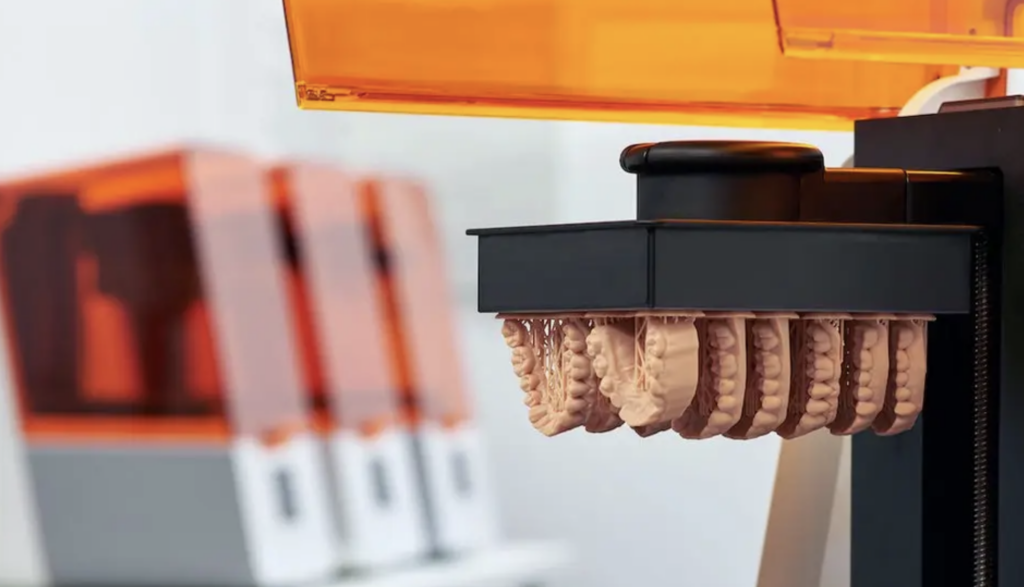
Digital orthodontics has led to the introduction of 3D printers in the dental sector. These printers can be used for different purposes: printing models with which to manufacture aligners on them, printing retainers or even, as we have recently seen at a congress, printing the aligners directly. To guarantee the fit of [...]
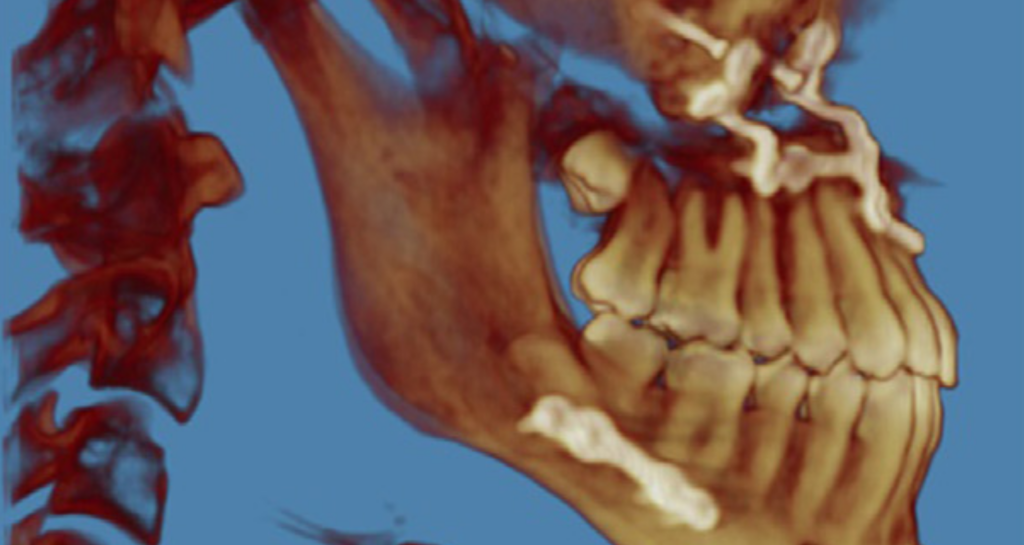
Orthodontic treatments, whether aligners or braces, have their limits and may not be suitable for all cases. For this reason, some of our patients will need to undergo orthognathic surgery combined with orthodontics in order to solve their problem adequately. In those malocclusions where the patient has a skeletal problem [...]
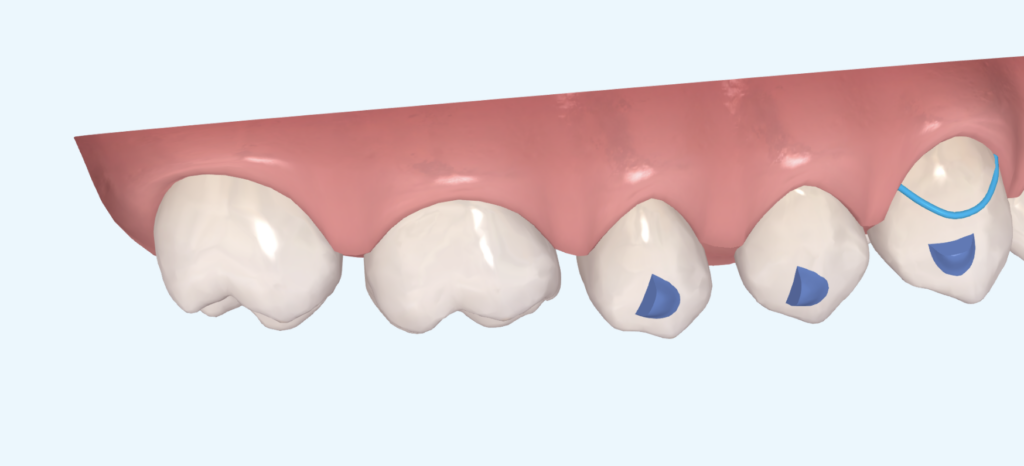
Before the advent of aligners, Class II correction by upper distalisation was a difficult strategy to apply. Most cases involved Class II elastics that correct the sagittal problem at the expense of mesialising the lower arch teeth. Due to its greater complexity, in [...]
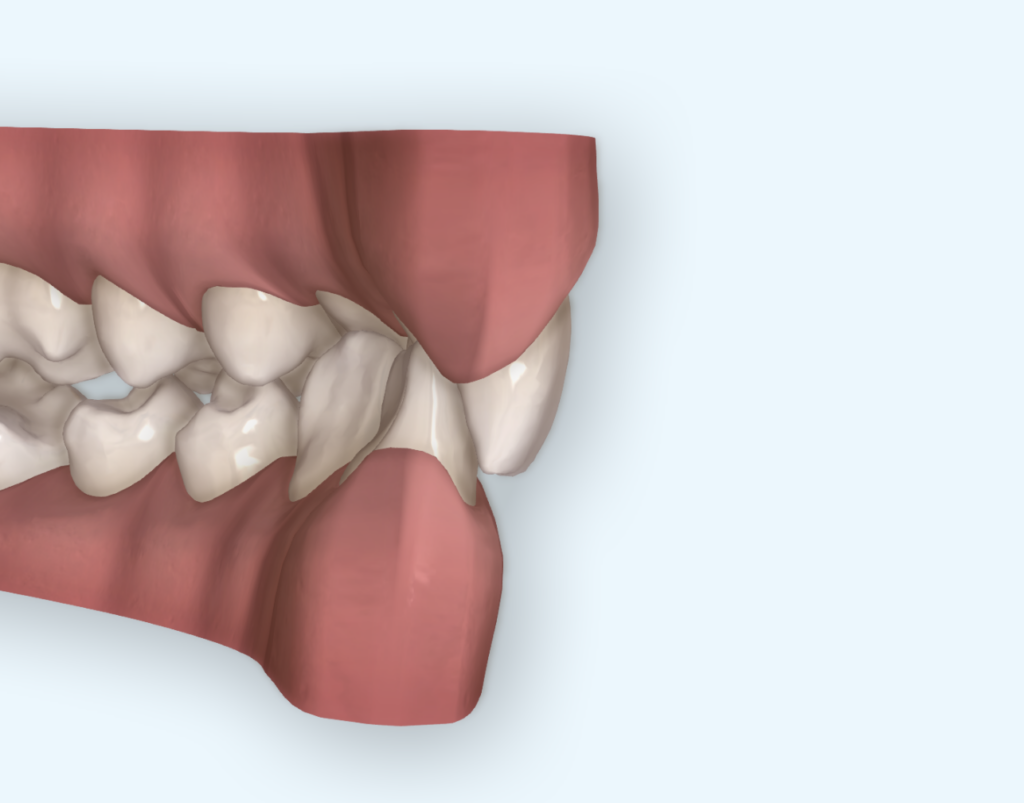
I remember when I was immersed in the world of aligners. In those first trainings, we were shown the strengths and weaknesses of invisible orthodontics. For example, a case with an open bite could be easier to solve with aligners than with brackets, thanks to the intrusion produced by the brackets.
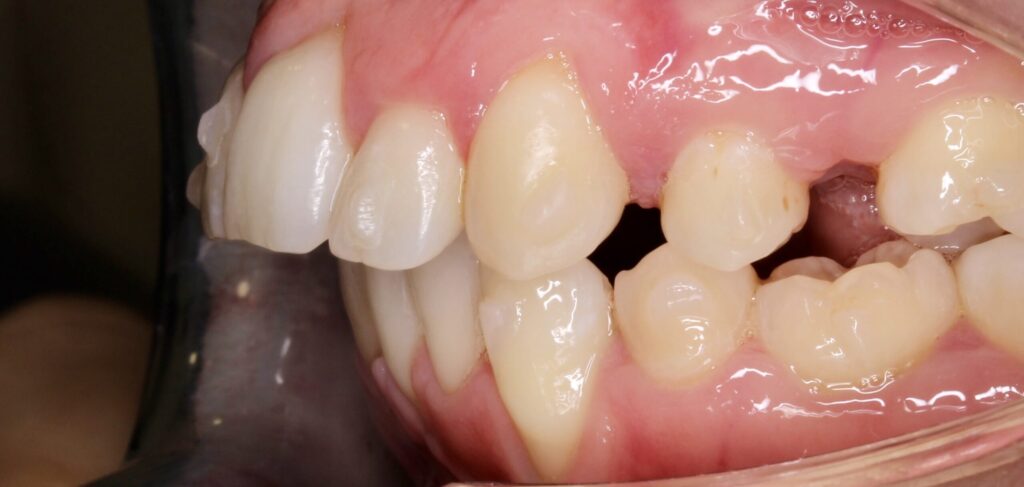
Extraction cases with aligners are considered some of the most complex to treat with aligners due to the properties of the plastic. When we treat an extraction case with brackets, we have the possibility to choose the stiffness and thickness of the archwire to achieve greater control of the mass movement of the teeth [...].
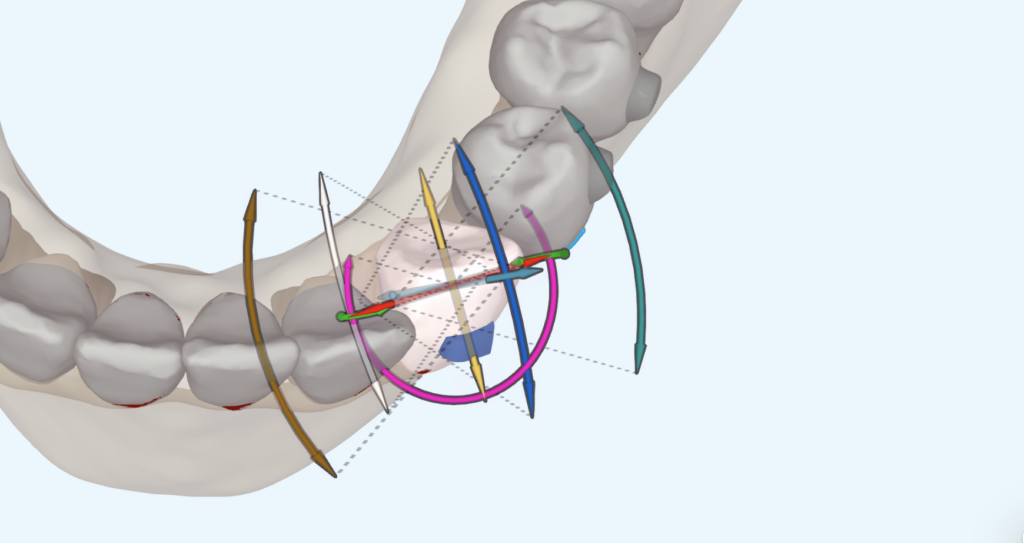
Who hasn't had to scan a patient for a misalignment of a rotated canine? Rotation of round/conical teeth is a movement that can be complex to perform with aligners. The poorly retentive anatomy of the teeth means that the application of forces by the aligners is not as effective as it should be [...]
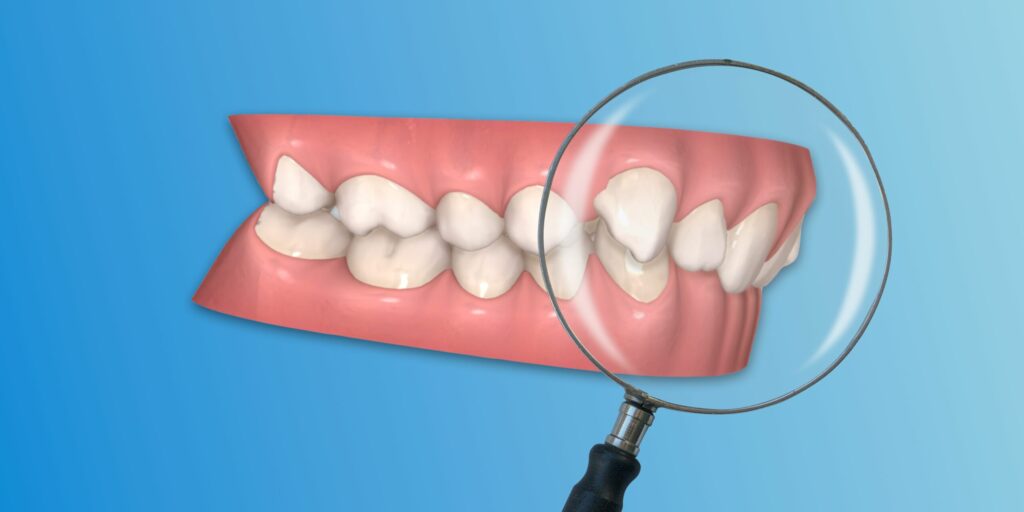
Class II malocclusion is one of the most common malocclusions among orthodontic patients. Within Class II, we have two subtypes, division 1 and division 2. Each of them has a series of associated dental and facial characteristics that must be taken into account when designing our orthodontic plan.

